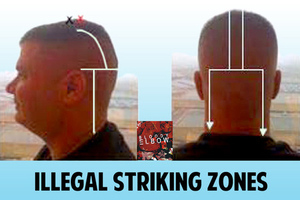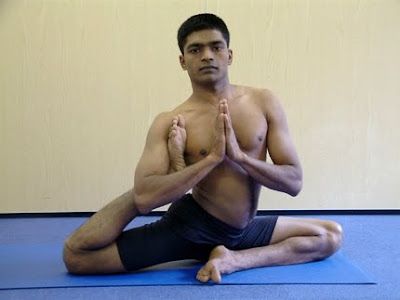Thanks guys

, really appreciate the thoughtful responses.
I suppose I mean contexts like duels and such-like - where mortal injury is a recognised potential, and there are no, if very few, rules.
Well, indeed, and therefore many martial arts styles seek to protect against throat strikes - recognising that it is a very vulnerable area. I am not necessarily talking about grappling in a sports context, here, I am talking about in a more martial context, and perhaps why it was not apparently as celebrated as a martial art as it is today - a martial art similar to those used for swords and spears in the past.
Today, in our more developed societies, human blood-letting, and activities which cause such events, is apparently less common.
Right,
Of course, so let's say one sprawls successfully -it seems that the attacker's head cannot be kept upright:
Yes, I've seen that, but what about hammer fist?
Sure - was there a particular reason why they banned it? Was there a casualty?
Perhaps this is a matter of technique, however? Because in most grappling training scenarios no one is ever intending to strike to the back of the neck, and therefore no such positioning is sought?
Maybe. But what if people trained specifically for attacking that vulnerable spot when someone shoots for the takedown? I mean, in older, more brutal times, maybe the double leg takedown was considered as standing with legs akimbo waiting for a nut-shot, because if successfully sprawled, they were a gonner?
I am not meaning to disparage the art here, I just can't understand why grappling was popular in the more ancient past, and yet today it seems to be even more celebrated. At the end of the day, whatever works in combat is appropriated - no matter with or without weapons, it is just the way evolution works, and I cannot believe that during all the brutal fighting that occurred in varying martial contexts that these techniques and methodologies were not already understood and thoroughly tested.
Thanks again everyone.








